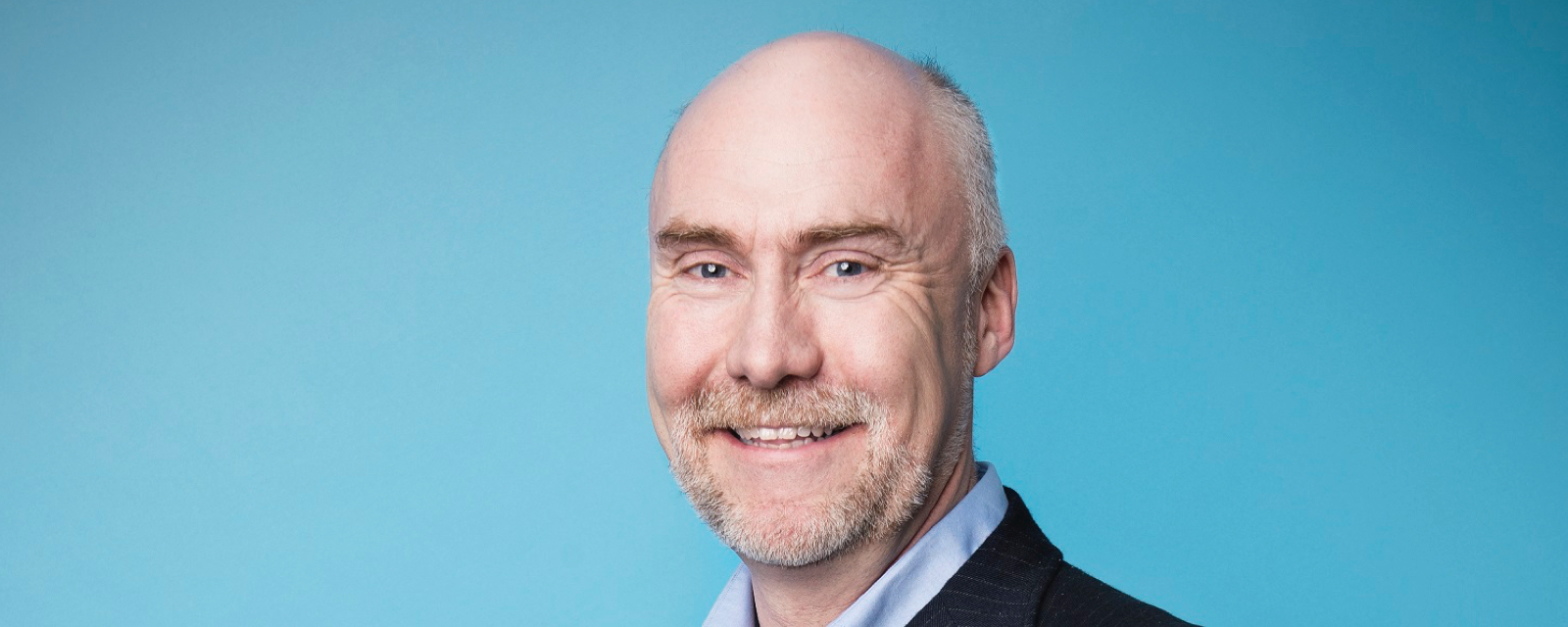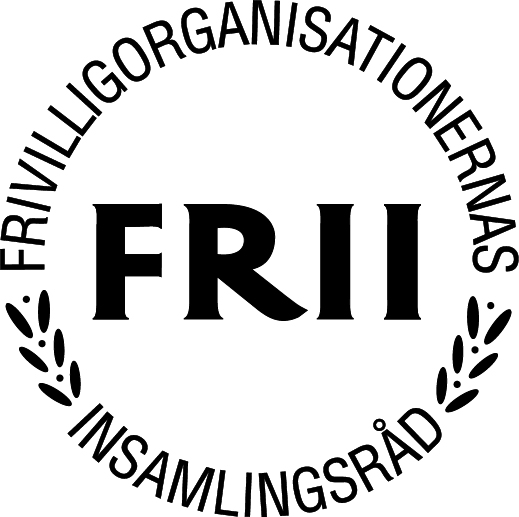An 80 per cent survival rate among children with cancer is not good enough. The Swedish Childhood Cancer Foundation’s goal is that no child should die from the disease – and the helm to reach this destination is in the hands of researchers and volunteers. In 2016 we set a new fundraising record, which will enable us to allocate more research grants. “That’s fantastic. Our fundraising has nearly doubled since 2012,” says Secretary General Per Leander.
Childhood cancer is still the most common cause of death among children between the ages of 1 and 14. The Swedish Childhood Cancer Foundation wants to change this by contributing to childhood cancer research, while providing support to children with cancer and their families. 2016 was a record year in terms of funds raised, activities and research grants. Nevertheless, even though we raised a total of SEK 365 million last year, more money is needed.
“We’ve had fantastic growth. Nevertheless, we can only fund a fraction of the research projects that are underway and needed. We receive many more research grant applications today than we did five years ago,” says Per Leander.
“We’ve had fantastic growth. Nevertheless, we can only fund a fraction of the research projects that are underway and needed.”
He is encouraged by the increased interest in conducting research on this disease. This trend enables the Swedish Childhood Cancer Foundation to come closer to its vision – to eradicate childhood cancer.
“There are many intelligent brains working on our issue. It’s encouraging that we need more, even if that in no way means we can relax our efforts.”
One of the Swedish Childhood Cancer Foundation’s most important initiatives in 2016 was to contribute to the opening of the Hope unit (Hematological Oncological Clinical Trials Unit) at Astrid Lindgren Children’s Hospital. The initiative has enabled children with a poor prognosis to try alternative medicines. In addition, research is underway to develop treatments that will involve less suffering for cancer patients.
“We’ve hired staff and started the first studies. I believe this is cause for optimism. It’s not just a matter of life and death, although that is most apparent. But studies are also underway on how to avoid skin rash and oral fungal infections during treatment. Making it easier for patients to eat will hopefully lead to a faster recovery.”
In 2017 the Swedish Childhood Cancer Foundation plans to continue to develop and adopt an inspirational strategy for the future. At the same time, the organisation will continue its hard work. Part of this work involves attracting volunteers to participate in the fight against childhood cancer.
“We must get everyone who has been active in the past to get involved again. Activities can include everything from arranging the Spin of Hope, bicycling to Paris with Team Rynkeby and starting a personal fundraising campaign to enable researchers to continue their studies and to fund care education at Ågrenska competence centre. Everything is being restarted from the beginning and some hard work that cannot be avoided lies ahead.”
Even though Per Leander feels that the results from 2016 are outstanding, there is still a long way to go before the goal is achieved – that no child will die from cancer. He wants us to continue to challenge ourselves to do even better.
“The focus is on everything from how we will attract more people to become Child Supporters and how we will use new media to reach those we haven’t previously reached to how to get more companies to realise the benefits of working with the Swedish Childhood Cancer Foundation. It’s a cocktail of all those bits and pieces and then some if we are to succeed,” says Per Leander.
Another important element involves continuing to spread information about childhood cancer in society. No one talked about the disease in society 35 years ago, but the situation today is different thanks to the Swedish Childhood Cancer Foundation’s information campaigns.
“This doesn’t just happen by itself, it’s something we must foster by engaging in proactive, appealing and clear communication.
Another point that Per Leander wants to highlight is the role of the Swedish Childhood Cancer Foundation in supporting the affected children and their families.
“Much of the work is carried out regionally in our foundations, which are present in the hospitals and run support groups. From central administration, we make sure there are specialist nurses, sibling support coordinators and help related to education and recreation.”
Per Leander believes that the involvement of companies, individuals and researchers enables the Swedish Childhood Cancer Foundation to continue to develop as an organisation. He is optimistic about the future and hopes that 2017 will be another record year.
“I believe we can achieve new goals. In order to do so we need a methodical approach. While continuing to support the fabulous initiatives as we have done in the past, we need to be innovative and consider how we can further improve,” he says.
 På svenska
På svenska

 The Swedish Childhood Cancer Foundation complies with the Swedish Fundraising Council’s (FRII) quality code for fundraising organisations. The purpose of the code is to increase transparency and openness in the sector, thereby strengthening confidence in organisations that comply with the code.
The Swedish Childhood Cancer Foundation complies with the Swedish Fundraising Council’s (FRII) quality code for fundraising organisations. The purpose of the code is to increase transparency and openness in the sector, thereby strengthening confidence in organisations that comply with the code.